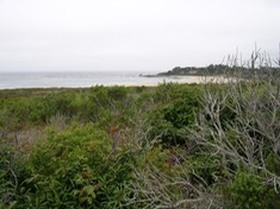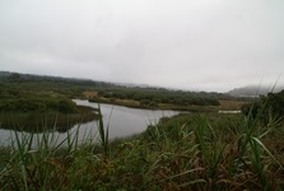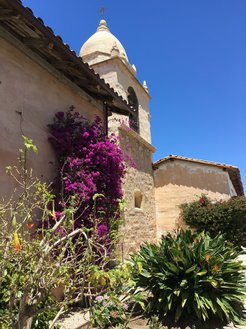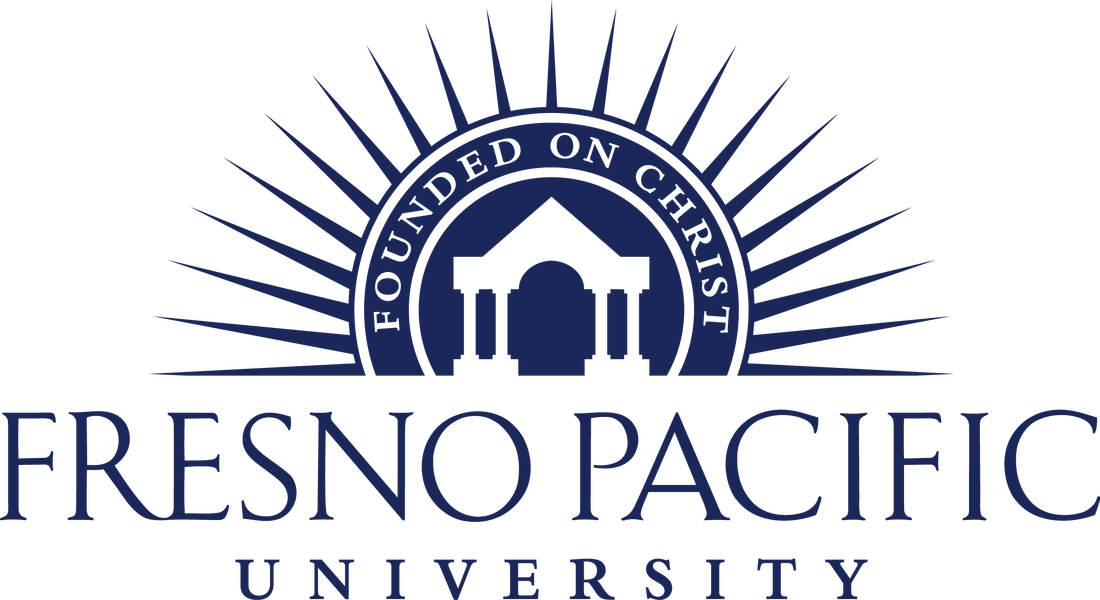If you are interested in learning more about adding educational technology to your social studies units please check out my Fresno Pacific Courses.
|
In SOC 906 California Missions 1769 - Secularization students are learning to incorporate Google's Tour Builder into their social studies units. With tour builder students can map out the twenty one missions in the order they were built. For each point of interest they can add their own titles, text, and pictures. This could be a terrific way to check for understanding. Maybe students can share a map and pin the mission they are learning about. So many ways to use this application. Have you used Tour Builder or another mapping application with your students? How did you use it?
If you are interested in learning more about adding educational technology to your social studies units please check out my Fresno Pacific Courses.
0 Comments
One of my students in SOC 906 California Missions: 1769 - Secularization shared this article with me. Students creating their own adobe bricks would be a fun class project. Students can test the strength of their bricks against their peers. What was their recipe? Who had the strongest or weakest bricks? Why? Math: Measure the bricks. Did the size have anything to do with the strength? This would be a great STEAM activity!
Learn more about the California Missions by taking my course from Fresno Pacific University.  Are you a teacher in California? Are you short on time, but need CEUs to move over on the pay scale? Do you need resources to teach about the California Gold Rush? I wanted to share this terrific resource with you. The Gold Discovery History of Coloma is a fantastic place for students and teachers to learn more about the beginnings of the California Gold Rush. Do you need more information about the California Gold Rush to become better equipped to teach Gold Rush lessons? Consider taking my Fresno Pacific University course California's Gold Rush. Through my courses you will learn more about capital intensive mining, hard rock mining in the Northern Mother Lode, and other information related to History/Social Science standards.You will learn to integrate technological applications into your social studies lessons. In these online distance learning courses you can take the 100% from home. You never have to go to a classroom, as the course is completed on your time. You can take from 3 weeks to 1 year to complete the course. Earn 3 continuing education units and become better equipped to teach about the California Gold Rush. Learn more on my website.  Are you a teacher in California? Do you need resources to teach about the California History? I have found a terrific resource and wanted to share it with you. The Los Angeles Historic Resources Inventory is a fantastic place for students to easily learn about the history of Los Angeles. Do you need more information about California History to become better equipped to teach history lessons? Consider taking my Fresno Pacific University course Historic Los Angeles: Reflections on Its Heritage. Through this course you will explore various periods in the history of Los Angeles including a period before civilization when the saber-toothed tiger and the wooly mammoth roamed what is now called “The City of Angels.” The purpose of the course is to help you become more familiar with the history of Los Angeles from its early beginnings through the period when it became one of America’s major metropolises. In this online distance learning course you will learn about several historic sites. You never have to go to a classroom, as the course is completed on your time. You can take from 3 weeks to 1 year to complete the course. Earn 3 continuing education units (CEUs) and become better equipped to teach about the history of Los Angeles. Learn more on my website. Or consider taking one of my other Fresno Pacific University California History courses. Courses include: California Missions, Gold Rush, The Mother Lode, California Reflecting America, Agriculture: Past, Present, and Future, and CCSS Curriculum Mapping. California Mission San Juan Capistrano, in my opinion, is one of the most beautiful of the 21 California Missions. Teachers can learn about this mission or any of the others as requirements for one of my most popular courses, SOC 906 California Missions 1769 - Secularization. Here is some information about Mission San Juan Capistrano:
Consider taking SOC 906 California Missions 1769 - Secularization to learn more about the 21 California Mission's founding, economics, American Indians, music, architecture, restoration and much more. Sign up for this course here. Or consider one of my other California history courses about the Gold Rush, the Mother Lode, Historic Capital: Monterey, Historic Los Angeles, California Reflecting America, Agriculture: Past, Present, and Future, or CCSS Curriculum Mapping.
This article, The Power of Travel for Student Success, discusses the importance of teachers traveling. By traveling teachers gain experiences that can be taken back to their classrooms. Traveling cements these experiences in one's mind. By traveling teachers and students:
See the article here:
Courses through Fresno Pacific University, Center for Professional Development can be taken in as little as 3 weeks or up to 1 year. A minimum of one week per unit of study has been set, by design, as a standard for all Center for Professional Development Independent Study courses. However, students may take up to one year to complete a course.
Learn more about me, my interests, and my courses by clicking the social icons below.
Are you a teacher interested in earning CEUs and learning more about California’s Gold Rush Era? You can take my courses on the Mother Lode through Fresno Pacific University Center For Professional Development. This course is offered online as an at home study. You will learn about California’s rich history and many of the people who were a part of making California what it is today. Watch this short video to learn more about this course. Courses: SOC 900 History of the Mother Lode. To learn more about this course or sign up to take SOC 900 please go to my Fresno Pacific University site here.  The Portola Cross overlooks the Carmel Bay. There is much history behind this area and the placing of the cross. Sebastian Vizcaino in 1602 sailed from Mexico to what was known as Alta California. With him he took back reports of a large bay and natural harbor. Future colonization was thought to be suitable due to it’s seclusion and close sources of wood. The area had been mapped by Juan Cabrillo some 60 years before Viscaino’s visit. The latter provided more detail, as well as, some exaggerated reports of the area. Not until 1768 did the Spanish get serious about colonizing Alta California. In this expedition it was planned to establish a presidio in San Diego and locate Monterey Bay and establish a presidio in the harbor by Viscaino. In the summer of 1769 Captain Don Gaspar de Portola and Father Juan Crespi along with a group of soldiers, natives, and mules headed north from San Diego. The San Jose, a supply ship from Mexico was to meet them when they reached Monterey Bay. What the land travelers did not know was the San Jose was lost. They came up the coast past what is now Morro Bay reached the Salinas River which they mistook for the Rio Del Carmelo that was described by Viscaino.
 The expedition decided to return to San Diego due to malnutrition and illness of the travelers. A large cross was put up to signal passing ships, in particular the San Jose on December 9th or 10th near the shore where they had set up their campsite. They engraved a message in the wooden cross to dig at the base where a message was placed in a container. In the message they explained they were headed back to San Diego and the dire situation they were in. They also erected a cross on the shore of the southeast side of Monterey Bay. Potola and Crespi set out again in April of 1770. This time they had an understanding of their errors in navigation previously. They located Monterey on May 24 and discovered the second cross was still standing. Natives had place mussels at the base of the cross, arrows in the ground, and hung sardines from it with strings. Father Junipero Serra arrived in Monterey on May 31st via the supply ship the San Antonio. Learn more about this and many more historical events in the Monterey Bay area. Find out more at my website: SOC 902 Monterey: Historic Capital of California. Sign up for this course here. Take this great California history course from Fresno Pacific University Center for Professional Development. Earn Continuing Education Units by taking this online course on the history of Los Angeles. You can take the information directly back into your classroom. This course offers opportunities to learn how to integrate technological applications into your social studies lessons. Learn to use biographies as a catalyst to learning about history. Learn more at my website or go to the FPU course site. View presentations about following places:
|
Jeromy Winter
Learn more about the History of California by signing up for one of my courses at Fresno Pacific University. CategoriesArchives
July 2021
|





 RSS Feed
RSS Feed